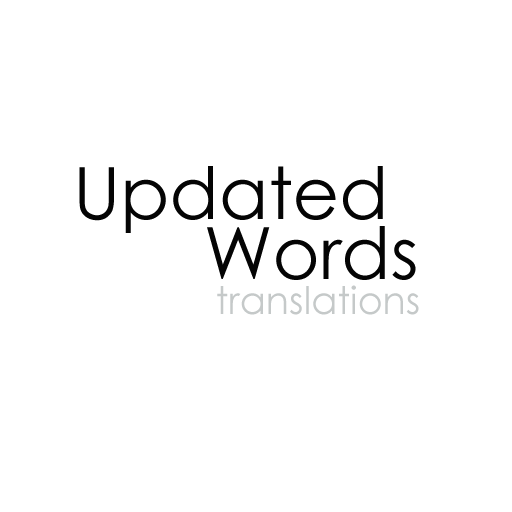In the past 3 years, I’ve done a lot of proofreading and revision work. It is a complex and time-consuming job. It’s not just correcting errors, it is way more than that, one has to understand the source and translated text, to find possible errors and categorise them accordingly.
Most times, I find localisation errors. These may seem quite unimportant, and for the client, who does not speak the language, it is sometimes hard to understand why it is wrong and how serious that error is. So, my duty is to explain why a certain term cannot be used in that particular case because that is in another variant. Other times, the text is just wrong, and you have to let the client know it is not translated correctly.
In my case, I created a code of errors. This way I can categorise the issues I find and communicate it in a more efficient way to my clients. This idea came from that need to explain to my client why a certain term or expression is wrong and categorise it so they would be able to know how serious it was and pass it on to their clients as well.
My job is to verify if the text is correctly translated and conveys exactly the same meaning. If a word or sentence is incorrectly translated and leads to a different interpretation, my client needs to know in order to do their job, and they also need to let their clients know, because they may lose a lot of money with that. With a code of errors, I can point out the error and categorise it, so my client can ascertain its gravity.
I’ve been using this code for quite a while and I find it very effective. I still include my comments on the error, but before that, I insert the code, so the client can identify straight away what it is. It can be something that is not translated correctly, and that is a very serious error, or it can be a localisation issue that needs to be addressed. It makes it easier and that ultimately leads to a better outcome.
Cátia

